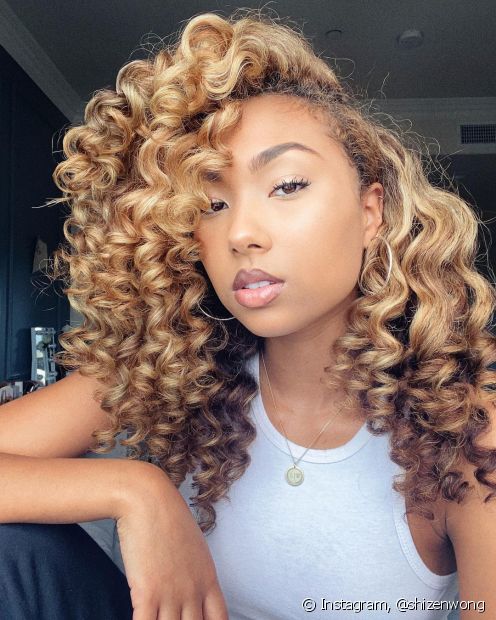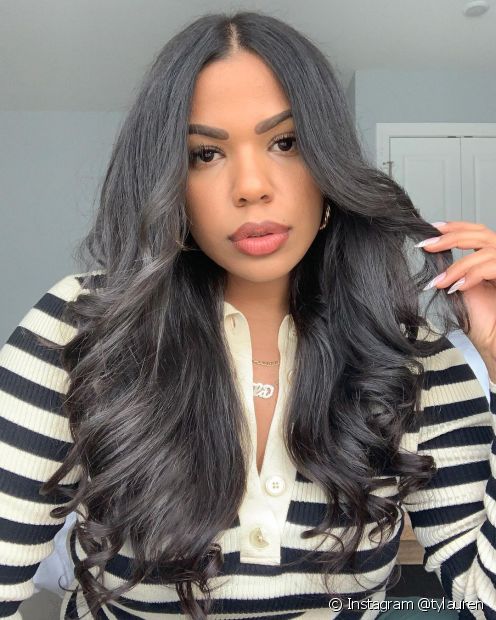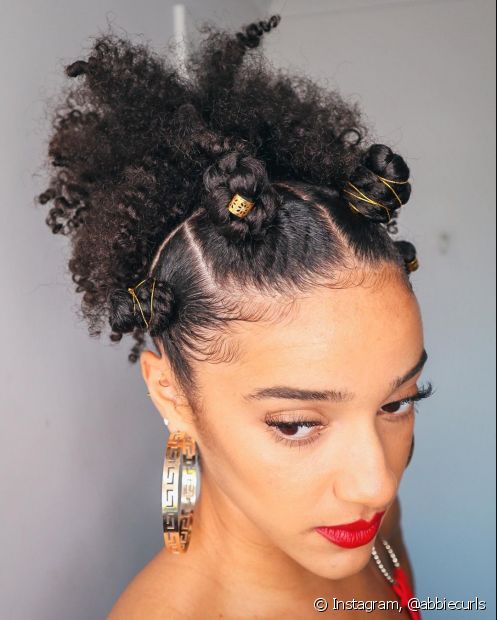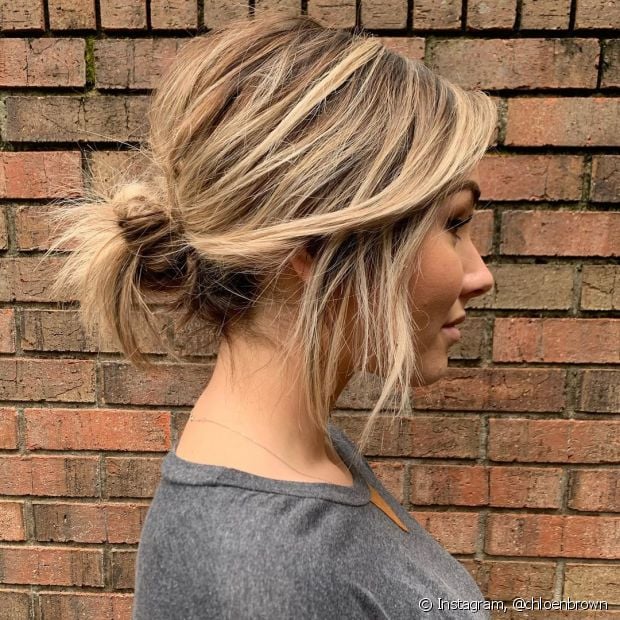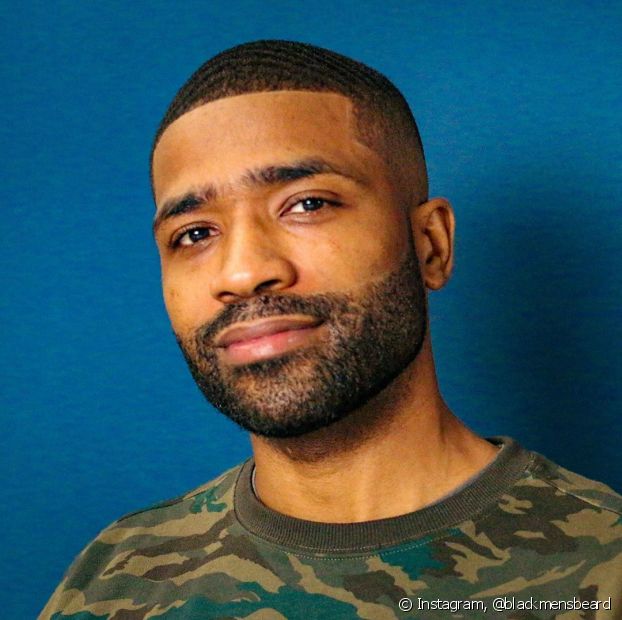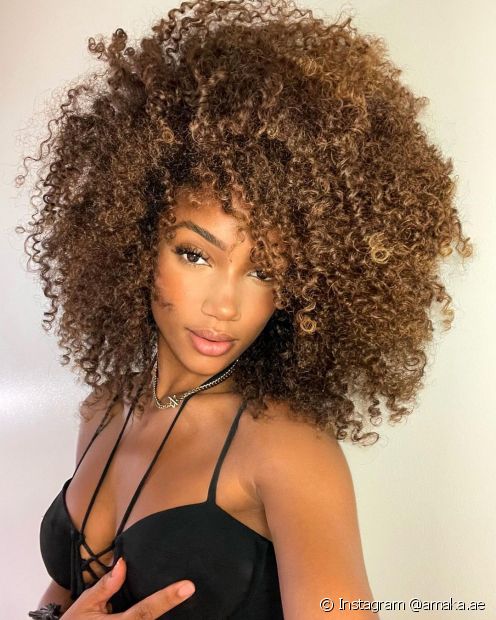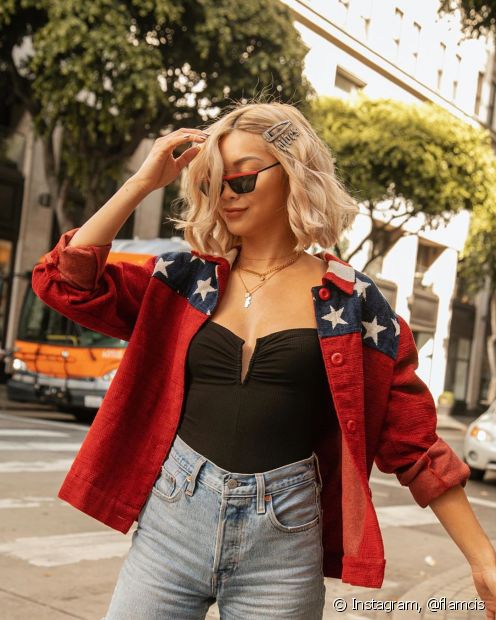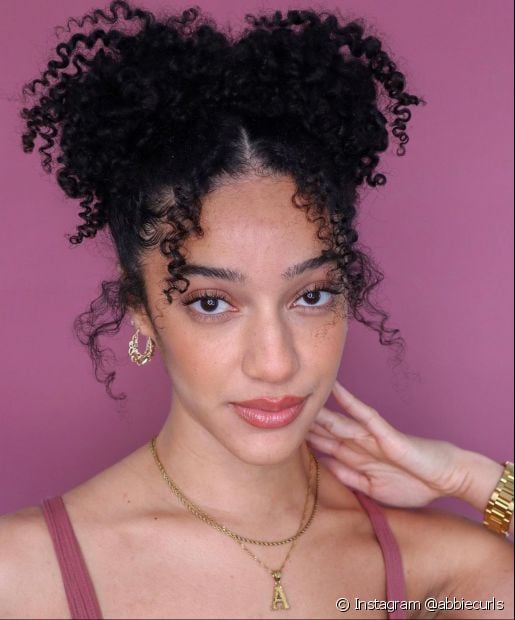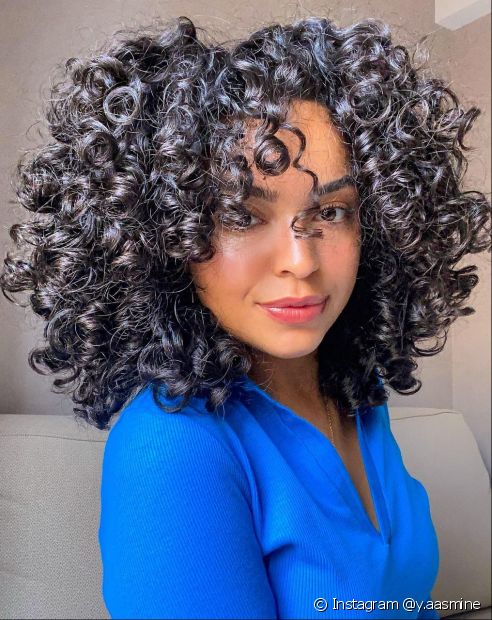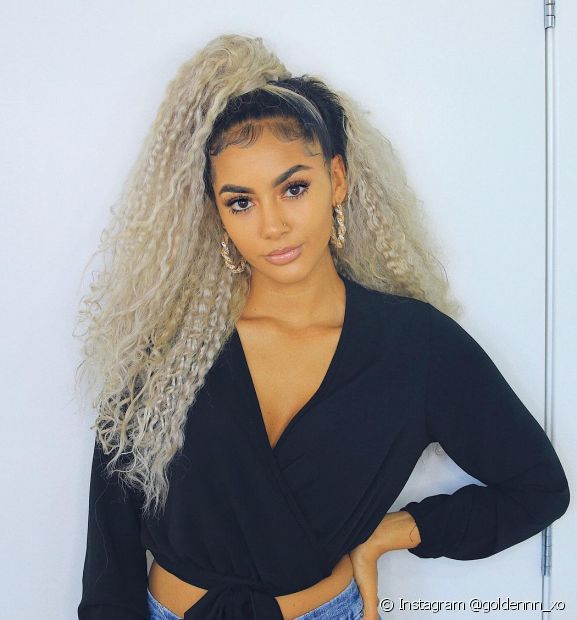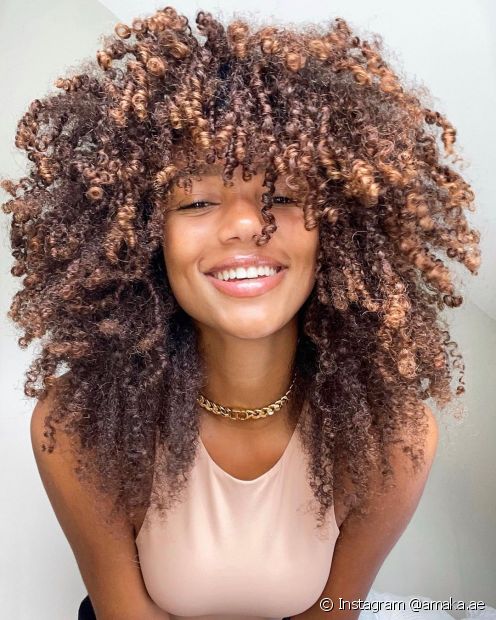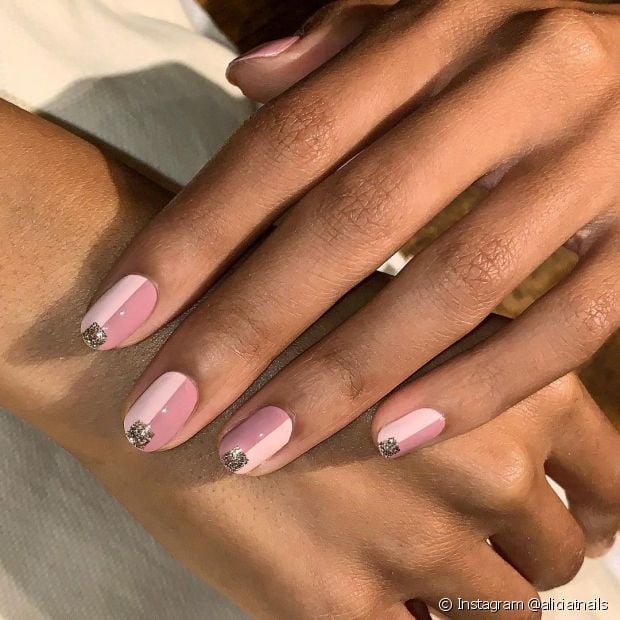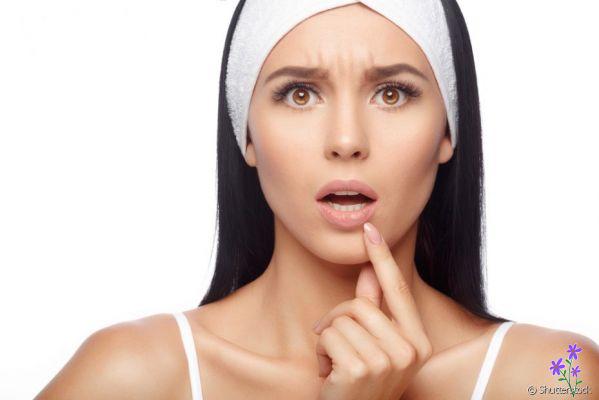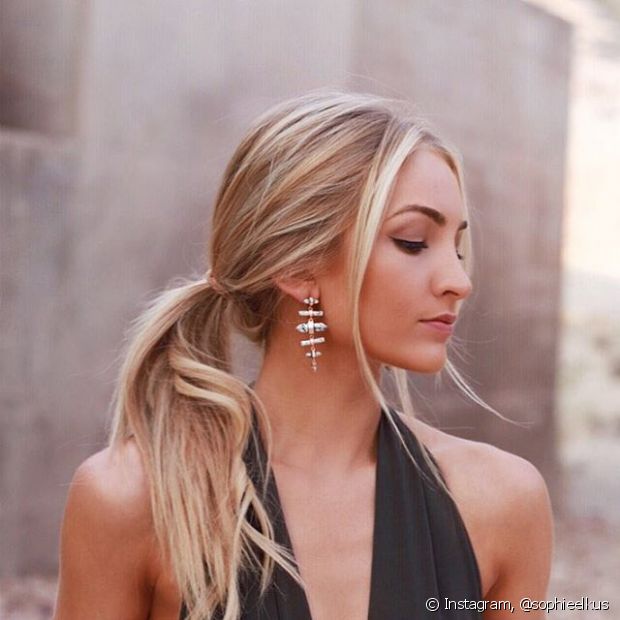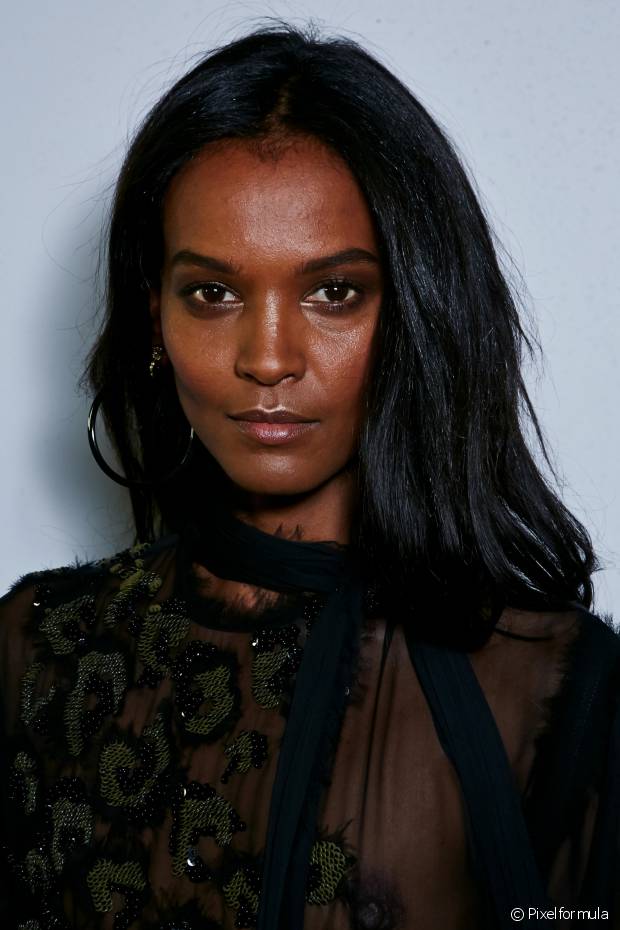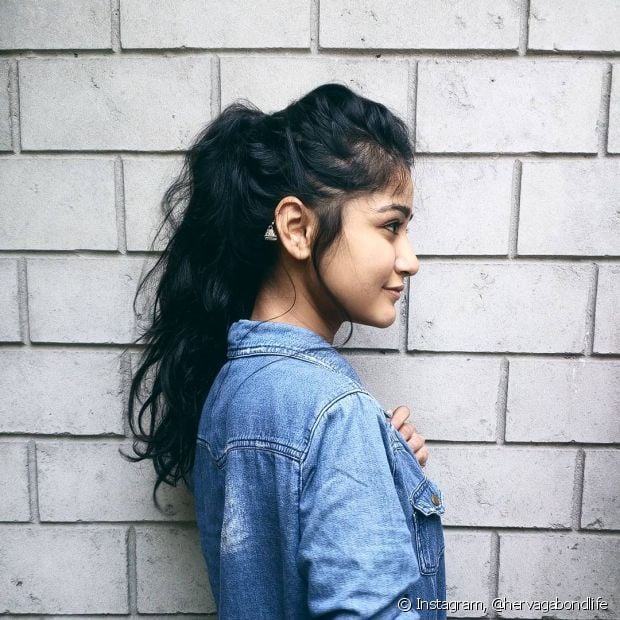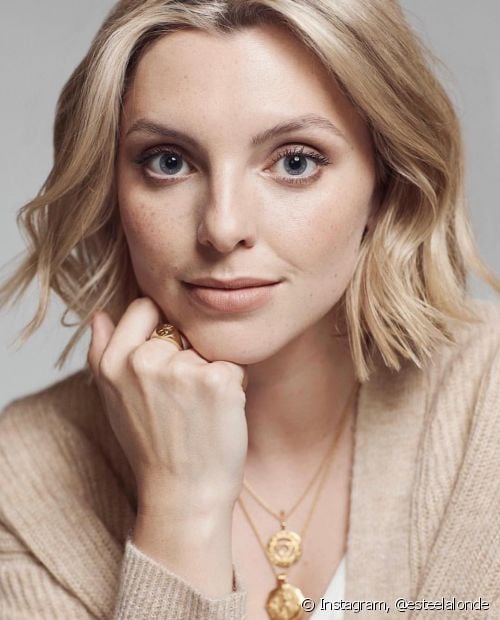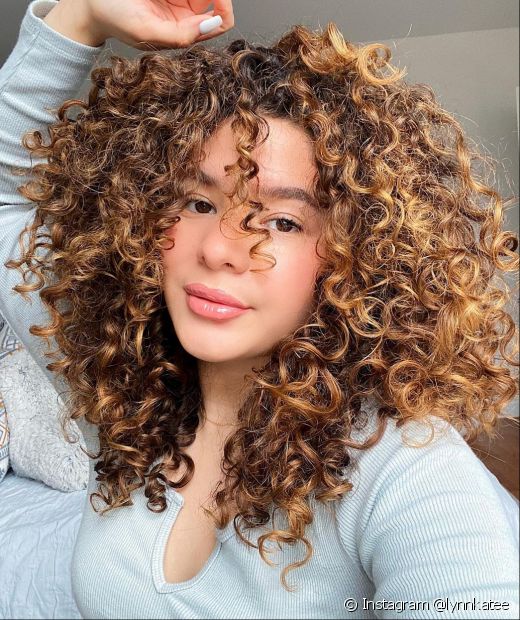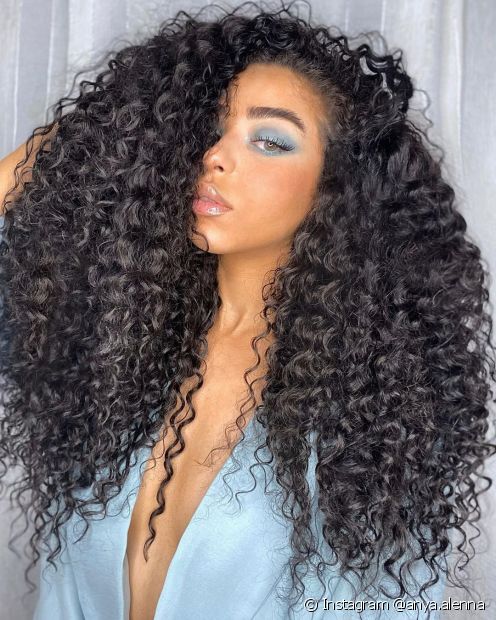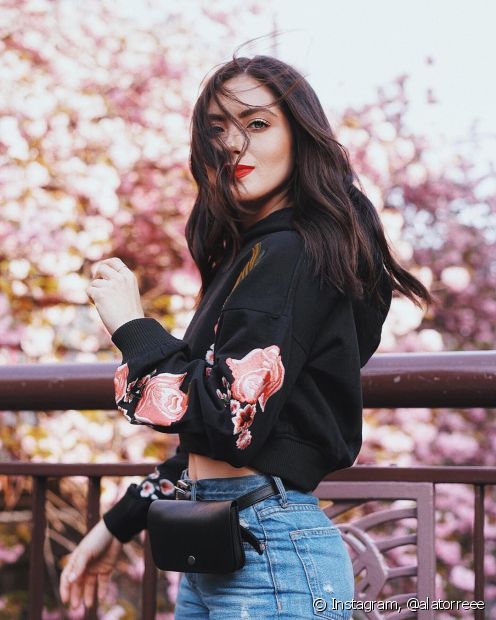20/ Types of curly hair: discover the characteristics of each one, from wavy to curly
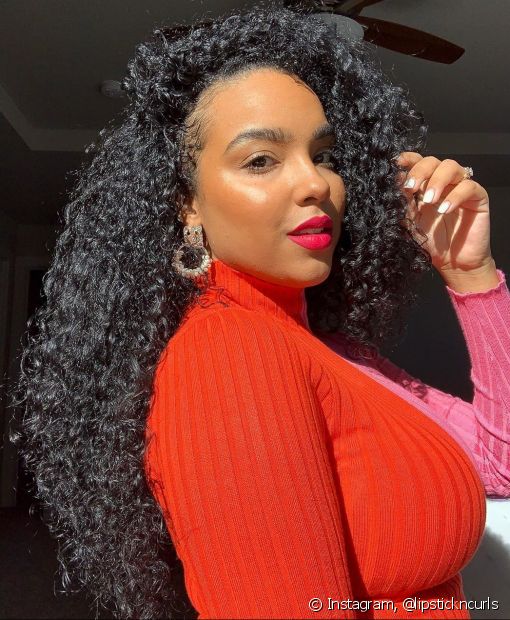
Curly hair types: discover the differences between each of them below (Photo: Instagram @lipstickncurls)
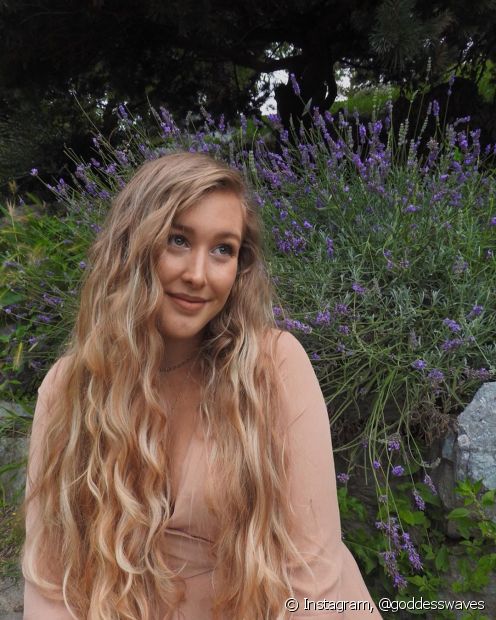
2A is the one with the least curvature among all types of curly hair (Photo: Instagram @goddesswaves)
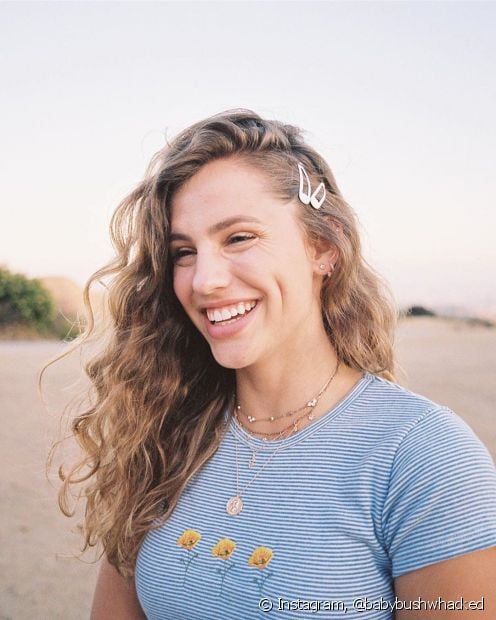
2B is one of the curly hair types with more defined waves (Photo: Instagram @babybushwhacked)
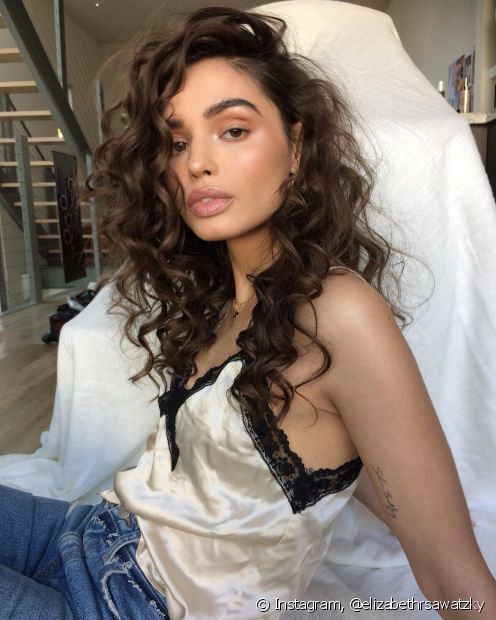
Curly hair types: 2C waves come very close to 3A curls (Photo: Instagram @elizabethrsawatzky)
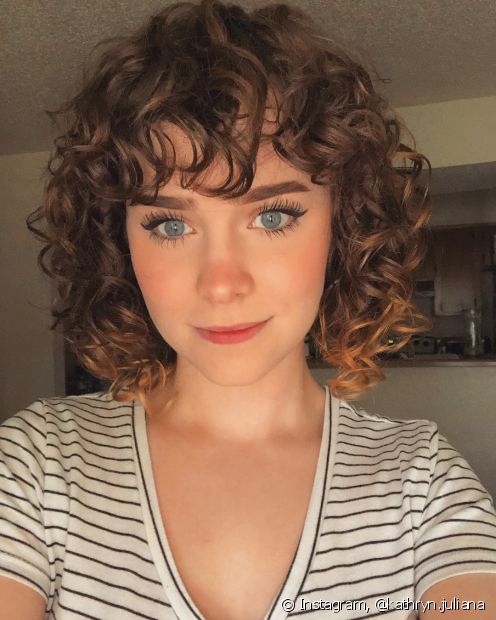
The spiral shape is one of the main features of 3A hair (Photo: Instagram @kathryn.juliana)
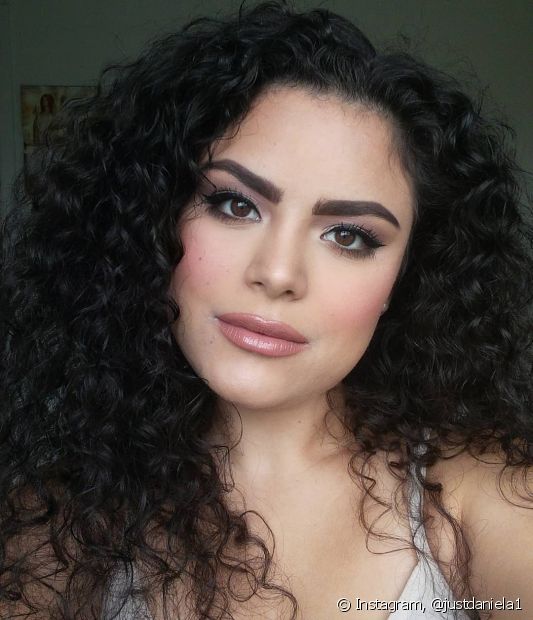
Among curly hair types, 3B is the first to have more volume and frizz than the others (Photo: Instagram @justdaniela1)
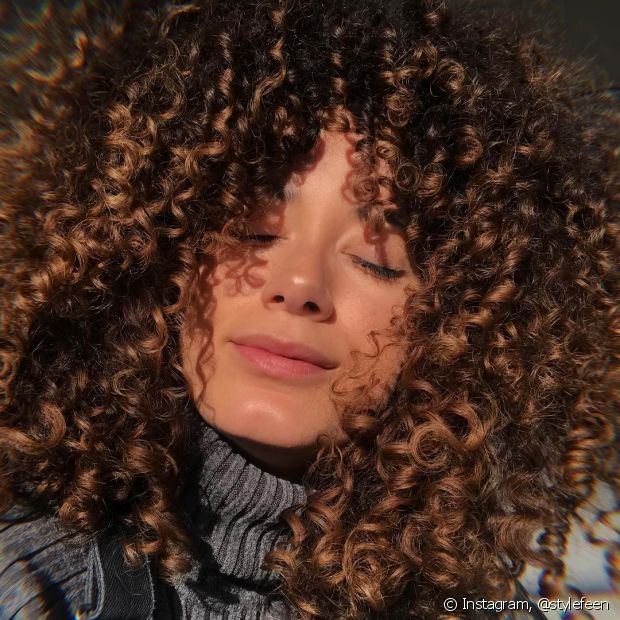
With the tightest curl, the 3C is one of the most voluminous curly hair types of all (Photo: Instagram @stylefeen)
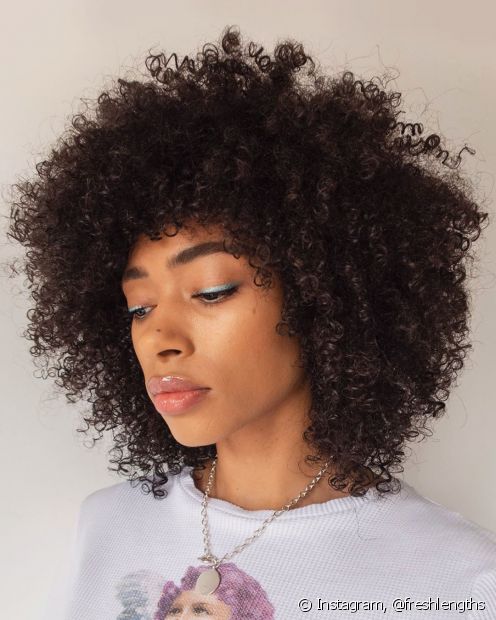
The first of the curly family, the 4A is very close and forms an "S" when stretched (Photo: Instagram @freshlengths)
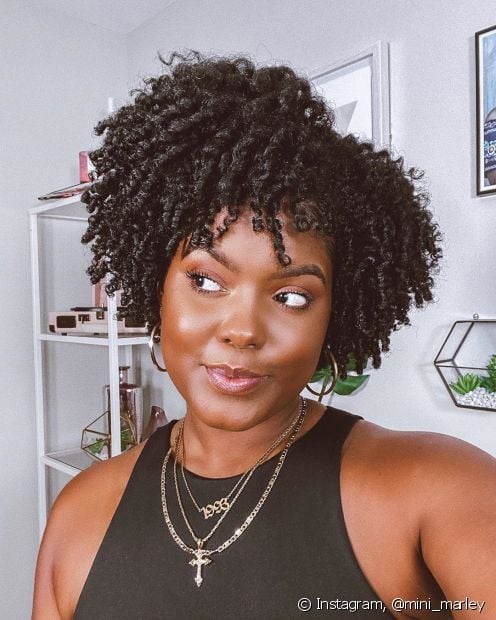
The shrinkage factor is a common feature of people with 4B curly hair (Photo: Instagram @mini_marley)
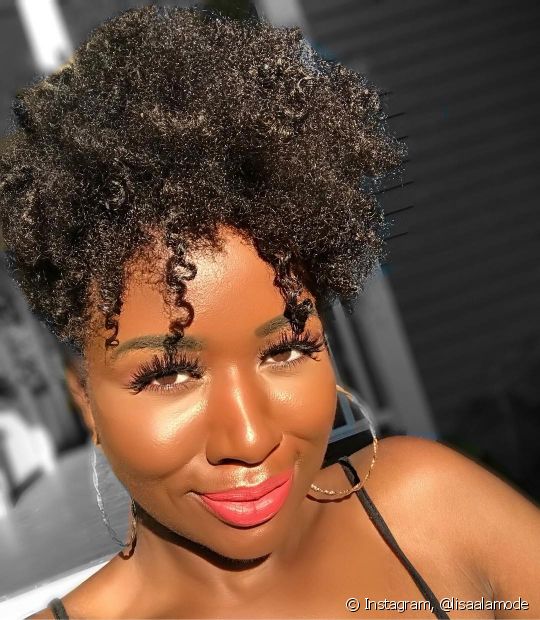
The 4C curly hair type has the least definition and the most volume (Photo: Instagram @lisaalamode)
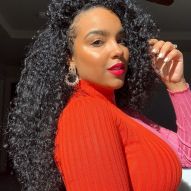


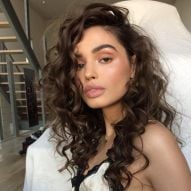
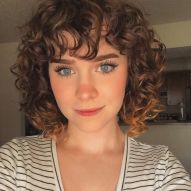
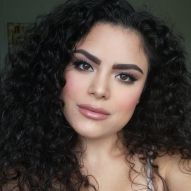
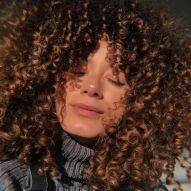
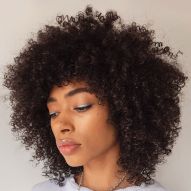
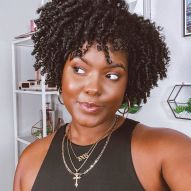
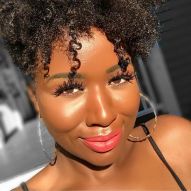
diva tip
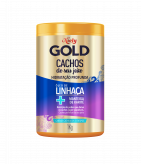
Curls of Your Way Deep Hydration Mask
Explore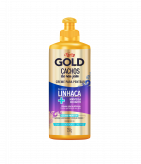
Cream for Combing Curls Your Way
Explore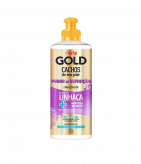
Curls of Your Way Definition Pudding
Explore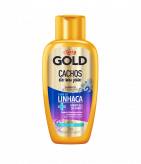
Your Way Curls Shampoo
Explore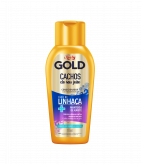
Curls Your Way Conditioner
ExploreDifferentiating curly hair types is one of the first things a person learns when going through a hair transition or when he just decides to take care of natural curls. This classification happens because each size of curvature of the curls generates different characteristics for the threads and, consequently, different care needs. That is: those with wavy hair, in family 2, cannot use the same products or the same frequency of treatments as those with curly hair, in family 4.
To help you differentiate and find out what your curl type is, we've listed them all below. Check it out!
Owners of waves fit family 2 curly hair types
View this post on Instagram
A post shared by Taylor Adkins (@adkinstaylor) on Jan 17, 2019 at 4:51pm PST
With a smooth root and length and ends with waves ranging from the lightest to the most intense, wavy hair is 2A, 2B and 2C in this classification. It is very common for the owners of these types of hair to have doubts about the different types of treatment because it is not completely straight and does not even become curly. The lack of definition makes many people straighten the hair with a flat iron or progressive, but light combing creams and mousses can help shape the waves. The shape of type 2 hair curls is the same as the letter “S”.
See the specific characteristics of each one below:
Cabelo 2A: among the different types of curly hair, this is the one that comes closest to straight. It has a very low root and irregular and natural waves that give volume to the ends of the hair;
Hair 2B: in this type the ripples are more marked and start a little higher, at the height of the ears. Short cuts are usually highly valued with the volume of these waves;
Hair 2C: around here, the ripples are more intense and spread throughout the hair. They come very close to curls, but the difference is that they still have the shape of "S".
How to take care of type 2 curly hair
A post shared by Bree Kish (@breekish)
The first step in the treatment routine for all types of curly hair is cleaning. It is indicated to wash type 2 hair, which can be more oily at the root and dry at the ends, twice a week. If you have a lot of oiliness, it is worth betting on a detox shampoo.
After cleansing comes hydration. For wavy hair, the tip is to hydrate the locks with a mask once a week. On days when you are not going to use the mask, just apply a specific conditioner for your hair type, letting it act for 3 minutes before rinsing.
The last step is finalization. The desire of many wavy hair is to be able to define the strands and, for that, you can invest in a combing cream for wavy hair and combine it with a few drops of vegetable oil. When applying, texturing is the best friend of type 2 curls. It's worth trying a fit or plopping.
Curly hair types 3 are the ones with the spiral shape
A post shared by hermela (@hermela)
If family 2 is the wavy one, family 3 is officially the curly one. Bunches 3A, 3B and 3C are thick and heavy. They have the spiral shape, volume, definition and more frizz than those that only form waves. This happens because the shape of the thread already makes it more difficult for the natural oiliness of the root to reach the ends. In the care routine, hydration is even more necessary to balance the drier structure of this type of hair.
Cabelo 3A: because they are very close to 2C on the scale, these curls are very open and can be confused with waves depending on the finish. Gelatin and curl activator are perfect to ensure a more defined finish;
Hair 3B: with the curvature a little tighter than the 3A, this type of curl is where frizz starts to be more frequent. Hair oil will be your best friend on the day afters to ensure definition;
Hair 3C: with an even tighter curl (slightly larger than the circumference of a pencil), 3C is a finer hair type and therefore achieves volume more easily. It is also drier and needs specific care to avoid the “straw” effect.
How to care for type 3 curls
View this post on Instagram
A post shared by Daisha (@iamthedaisha) on Mar 31, 2020 at 2:08pm PDT
Type 3 curls are already quite defined, but can suffer from frizz and a dry look at the ends. So start your care routine with a moisturizing cleanse. Shampoos rich in vegetable oils and butter, such as shea butter, are great bets. Do not overdo the washes, but also do not go more than three days without washing the locks so as not to accumulate oiliness in the scalp.
These vegetable ingredients are also essential in the formula of your hydration mask, to give shine, silkiness and softness to the curls. It is easier to find them with specific lines for curls, which are developed with the needs of these strands in mind. The curly ones can do one or two hydrations per week, alternating hydration with nutrition.
When finishing, the combo cream to comb for curly hair + fitage is the best friend of type 3 strands. If you want, you can apply a little vegetable oil before or after the cream to increase definition and control more frizz.
Among all curly hair types, 4 is the thinnest
View this post on Instagram
A post shared by Cynthia Andrew (@simplycyn) on Apr 2, 2020 at 8:16am PDT
With a tighter curvature and a very thin and fragile hair, type 4 hair is the curly hair. Curly hair is the driest of the curly hair types and the one that most demonstrates the effects of the shrinkage factor as it is more curly. In addition to hydration, hair reconstruction is super necessary for maintaining the health of curly hair, since, if not well taken care of, it can break easily. Family 4 is also the one that works best with the different types of texturing.
Cabelo 4A: it is very easy to recognize because it is a very tight curl, approaching the curvature of a crochet hook. It retains moisture well and, when you stretch the strand, it is in an “S” shape (but much tighter than wavy hair);
Hair 4B: this type of hair no longer forms curly curls, but has a “Z” shaped angle. It is very dry and needs constant hydration. Also, because of the natural shape, it shrinks a lot, but with the right styling and a fork comb you can achieve incredible volume;
Hair 4C: the foundation of the black power look, which can be full of volume and unparalleled style is 4C hair. It can curl at the ends depending on the finish you choose, but naturally, it's more likely to have volume than definition.
How to care for type 4 curls
A post shared by Natasha (@curly.strands)
Among the curly hair types, strands with curvature 4a, 4b and 4c are the driest and most fragile, in addition to losing water (hydration) easily. Therefore, cleaning the wires must be very gentle. In addition to using a moisturizing and nourishing shampoo, applying it only to the roots makes all the difference so as not to make the ends drier and more porous. As for the frequency, it is recommended that curly hairs be washed two to three times a week.
Hydration and weekly nutrition are also essential for type 4 curls, always using specific products for the threads and rich in very hydrating, humectant and nutritious ingredients, such as oils and butters. Once a month, do a hair reconstruction with a mask rich in keratin. To facilitate the organization of treatments, set up a capillary schedule table adapted to your routine.
When finishing, use and abuse texturing techniques if you want definition. Your combing cream should also be rich in oils and butters to help control frizz and dryness, in addition to promoting curl definition. Like curly hair, curly hair can use hair oils to enhance the finish.
Published on: 13/
Updated: 20/




